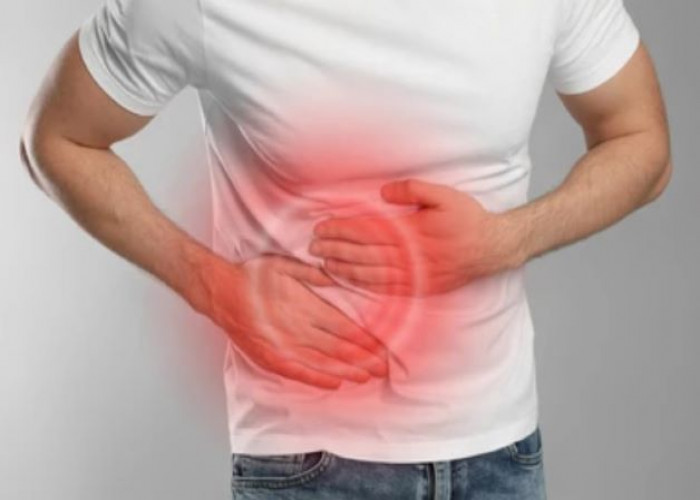 Welcome
Welcome
“May all be happy, may all be healed, may all be at peace and may no one ever suffer."
Appendicitis
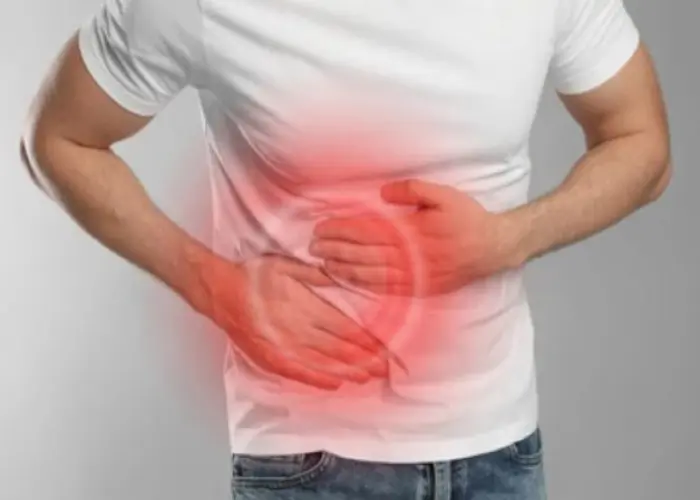
Appendicitis is a condition in which the appendix, a small pouch-like organ attached to the large intestine, becomes inflamed and swollen. The exact cause of appendicitis is not known, but it is believed to occur when the appendix becomes blocked, often by stool, mucus, or foreign matter.
Symptoms of appendicitis can include sudden, severe pain in the lower right side of the abdomen, loss of appetite, nausea and vomiting, fever, and constipation or diarrhea.
Diagnosis of appendicitis typically involves a physical exam and imaging tests such as a CT scan or ultrasound.
Treatment for appendicitis usually involves emergency surgery to remove the appendix, a procedure known as an appendectomy. Antibiotics may also be used to treat or prevent infection.
If you are experiencing symptoms of appendicitis, it's important to seek medical attention right away, as untreated appendicitis can lead to serious complications such as a ruptured appendix and widespread infection. Early treatment and prompt medical care can help improve outcomes and reduce the risk of complications.
Research Papers
Disease Signs and Symptoms
- Sudden pain that begins on the right side of the lower abdomen
- Low-grade fever that may worsen as the illness progresses
- Pain that worsens if cough, walk or make other jarring movements
- Sudden pain that begins around navel and often shifts to lower right abdomen
- Abdomen bloating
- Diarrhea
- Constipation
- Loss of appetite
- Nausea or vomiting
- Right side of lower abdomen pain
- Appendicitis
Disease Causes
Appendicitis
A blockage in the lining of the appendix that results in infection is the likely cause of appendicitis. The bacteria multiply rapidly, causing the appendix to become inflamed, swollen and filled with pus. If not treated promptly, the appendix can rupture.
Disease Prevents
Disease Treatments
Appendicitis treatment usually involves surgery to remove the inflamed appendix. Before surgery you may be given a dose of antibiotics to treat infection.
Surgery to remove the appendix (appendectomy)
Appendectomy can be performed as open surgery using one abdominal incision about 2 to 4 inches (5 to 10 centimeters) long (laparotomy). Or the surgery can be done through a few small abdominal incisions (laparoscopic surgery). During a laparoscopic appendectomy, the surgeon inserts special surgical tools and a video camera into your abdomen to remove your appendix.
In general, laparoscopic surgery allows you to recover faster and heal with less pain and scarring. It may be better for older adults and people with obesity.
But laparoscopic surgery isn't appropriate for everyone. If your appendix has ruptured and infection has spread beyond the appendix or you have an abscess, you may need an open appendectomy, which allows your surgeon to clean the abdominal cavity.
Expect to spend one or two days in the hospital after your appendectomy.
Draining an abscess before appendix surgery
If your appendix has burst and an abscess has formed around it, the abscess may be drained by placing a tube through your skin into the abscess. Appendectomy can be performed several weeks later after controlling the infection.
Disease Diagnoses
Disease Allopathic Generics
-
Mebendazole
In the early stages, only mild pain in the appendix can be treated with worming medicine.
1 pill/1 spoon 2 times a day for 3 days.
-
Albendazole
In the early stages, only mild pain in the appendix can be treated with worming medicine.
Above 2 years 1 pill of 400mg should be swallowed in the morning or at night.
-
Amoxicillin Trihydrate
Broadspectrum injection, as soon as the disease is detected in the first stage, greatly reduces the infection.
1 vial of 250/500mg should be injected intramuscularly or intravenously every 8 hours.
Boys/Girls/Child: 50/100 mg/kg divided dose.
-
Cephradine
Broadspectrum injection, as soon as the disease is detected in the first stage, greatly reduces the infection.
1 vial of 250/500mg should be injected intramuscularly or intravenously every 8 hours.
Children as mentioned above: For weight of 25-50 kg.
-
Ciprofloxacin
Broadspectrum injection, as soon as the disease is detected in the first stage, greatly reduces the infection.
Boys-girls 250mg and adults 500mg 1+0+1; 10-14 days.
-
Diclofenac Sodium
Diclofenac sodium is a medicine for acute pain.
1 injection after 12/24 hours should be given in the flesh 2/3 times.
-
Ranitidine Hydrochloride
Medicines containing ranitidine to prevent gas or acid reflux.
1 injection should be given in the flesh after 12/24 hours.
-
Famotidine
Medicines containing ranitidine to prevent gas or acid reflux.
1 pill in the morning after food + 0 + 1 pill at night.
-
Hyoscine Butylbromide
An injection containing hyoscine butyl bromide for pain.
1 injection should be given into the flesh every 8 hours.
-
Drotaverine
An injection containing hyoscine butyl bromide for pain.
1/2 pill 3 times a day.
-
Diazepam
Diazepam can be used if the patient is very unstable.
1 injection after 8/12 hours.
-
Promethazine Theoclate
For severe nausea or vomiting.
1 pill 3 times a day.
-
Dextrose
5% Dextrose in aqua for patient de-hydration.
50/60 drops per minute should be given into the vein.
Disease Ayurvedic Generics
Disease Homeopathic Generics
-
Lachesis
6, 30 Shakti in one dose 3/4 times a day.
-
Plumbum
6, 30 Strength.
-
Apis mellifica
30 Strenght.
-
Belladonna
30, 200 Strength.
-
Arsenicum
6, 30 Strength.
-
Arnica montana
3, 6, 30 Strength.
-
Hepar sulphur
6, 30 Strength.
-
Asafoetida
30 Strength.
-
Bryonia alba
3, 6, 30 Strength.
-
Sulphur
3, 6, 200 Strength.
-
Magnesium phosphoricum
3x, 6x Strength.
-
Ferrum phosphoricum
6x, 12X Strength.
Disease yoga
Appendicitis and Learn More about Diseases
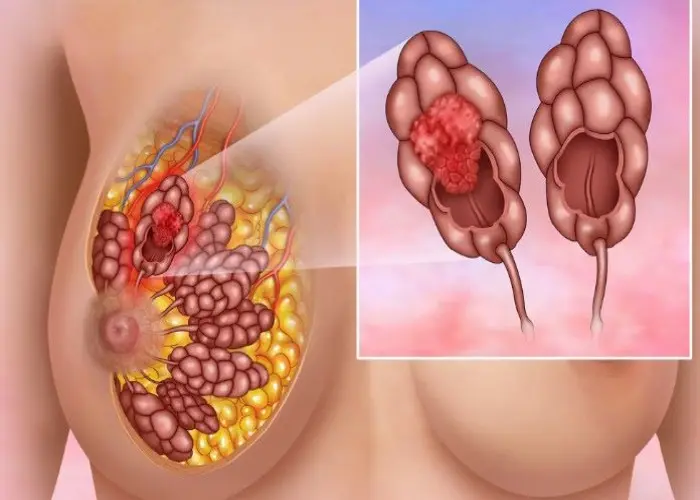
Invasive lobular carcinoma
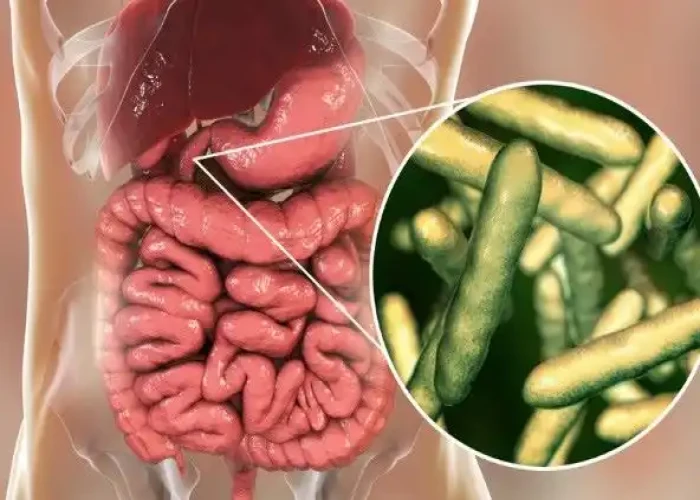
Whipple's disease

Childhood apraxia of speech
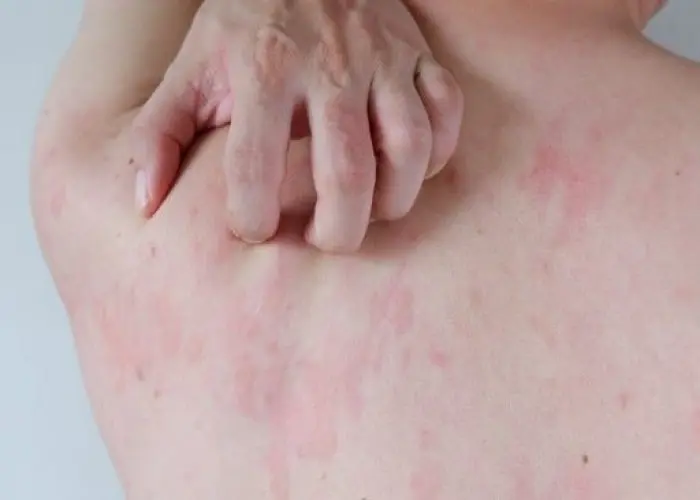
Itchy skin (pruritus)
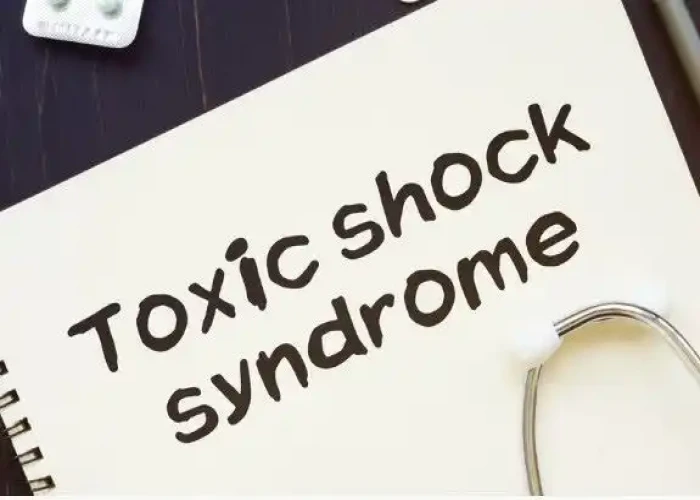
Toxic shock syndrome

Peanut allergy

Galactorrhea

Anal cancer
Appendicitis, Appendix, Appendicitis symptoms, Appendectomy, অ্যাপেনডিসাইটিস
To be happy, beautiful, healthy, wealthy, hale and long-lived stay with DM3S.
